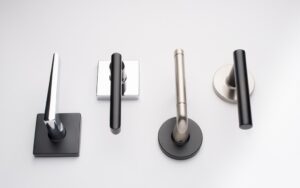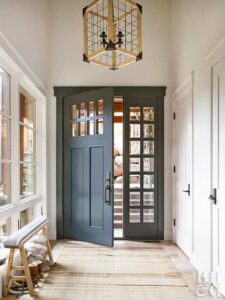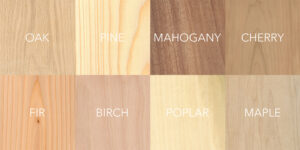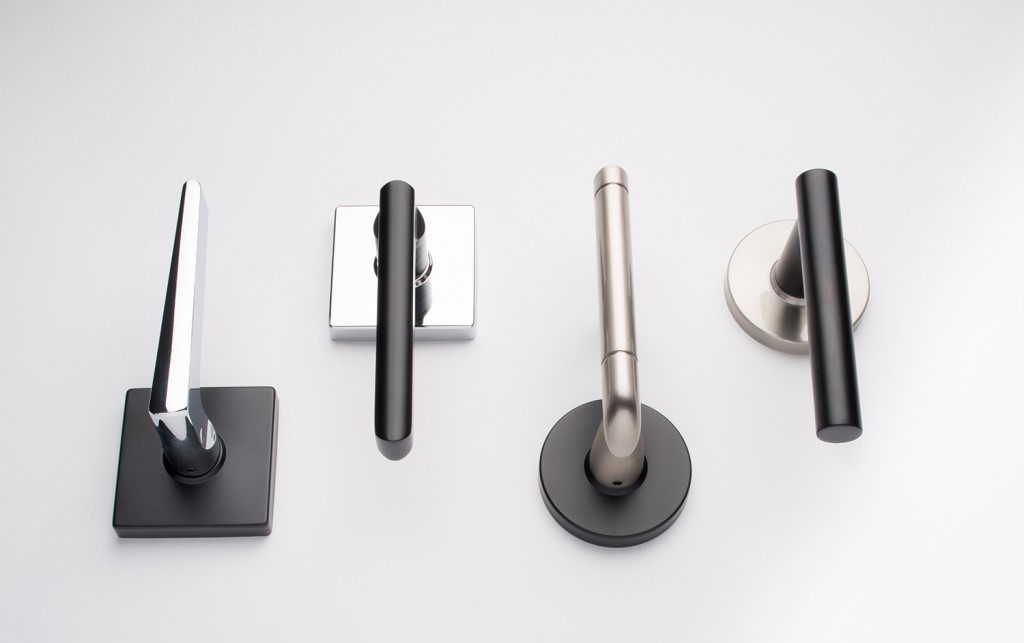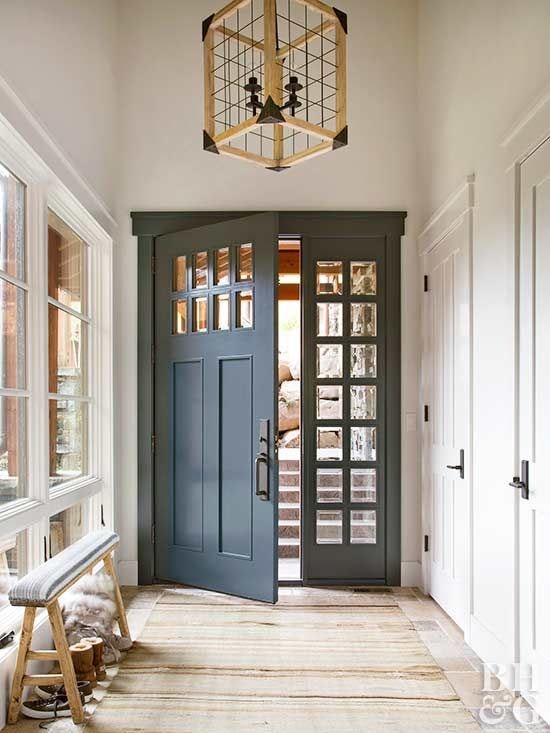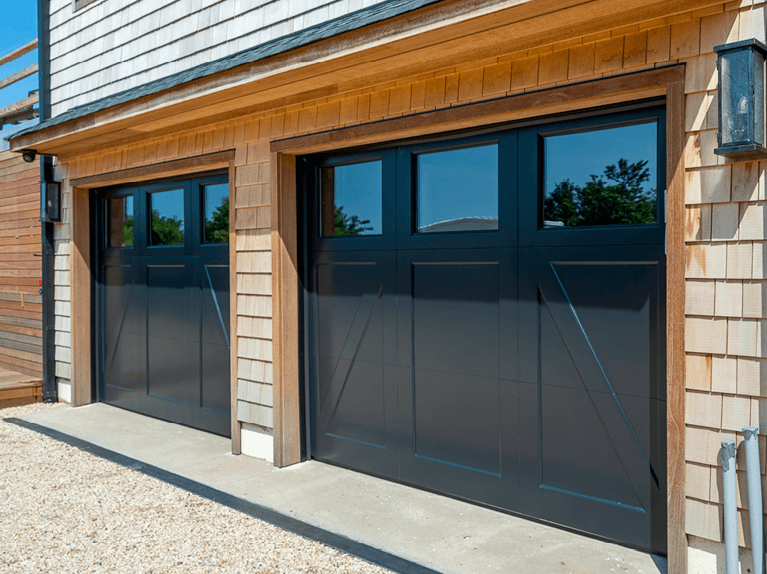Preventing Drafts in the Home Using the Right Doors
One of the most effective ways to prevent drafts and maintain energy efficiency in your home is by selecting the right doors. Doors that are poorly fitted or made from the wrong materials can let cold air seep in during winter or allow cool air to escape in summer, leading to higher energy bills and discomfort. When choosing doors for your home, consider both the material and construction, as these factors play a key role in insulating your space and preventing drafts. Solid wood, fiberglass, and steel doors are great options for exterior use, offering excellent insulation properties and durability.
Weatherstripping and Door Seals
To further prevent drafts, proper weatherstripping is essential. Even the best doors can allow air to pass through tiny gaps around the edges if they are not properly sealed. Weatherstripping materials such as foam tape, felt, or rubber gaskets can be applied to the door frame, creating a tight seal when the door is closed. For exterior doors, threshold seals and door sweeps, which attach to the bottom of the door, are particularly effective at blocking drafts that often enter from beneath. Regularly inspecting and replacing worn weatherstripping is a simple, cost-effective way to keep drafts at bay.
Choosing Energy-Efficient Doors
Energy-efficient doors, such as those certified by ENERGY STAR, are specifically designed to reduce drafts and improve insulation. These doors often come with features like insulated cores, double or triple glazing for doors with glass panels, and reinforced frames. Fiberglass doors, in particular, are excellent at resisting heat transfer, while steel doors are great for blocking drafts due to their dense construction. When selecting a door with glass inserts, choose models with low-emissivity (low-E) glass, which has a special coating to reduce heat loss and limit drafts.
Ensuring Proper Installation
Even the best-quality doors will not prevent drafts if they are improperly installed. Gaps around the door frame, misalignment, or poor sealing during installation can lead to significant air leakage. Hiring a professional to install exterior doors ensures that the door fits snugly within the frame and that all necessary seals are applied correctly. This step not only prevents drafts but also enhances the longevity of the door, maintaining its insulation properties over time. Regularly checking for wear and adjusting hinges or seals as needed can keep drafts from sneaking in through small openings that develop with use.

